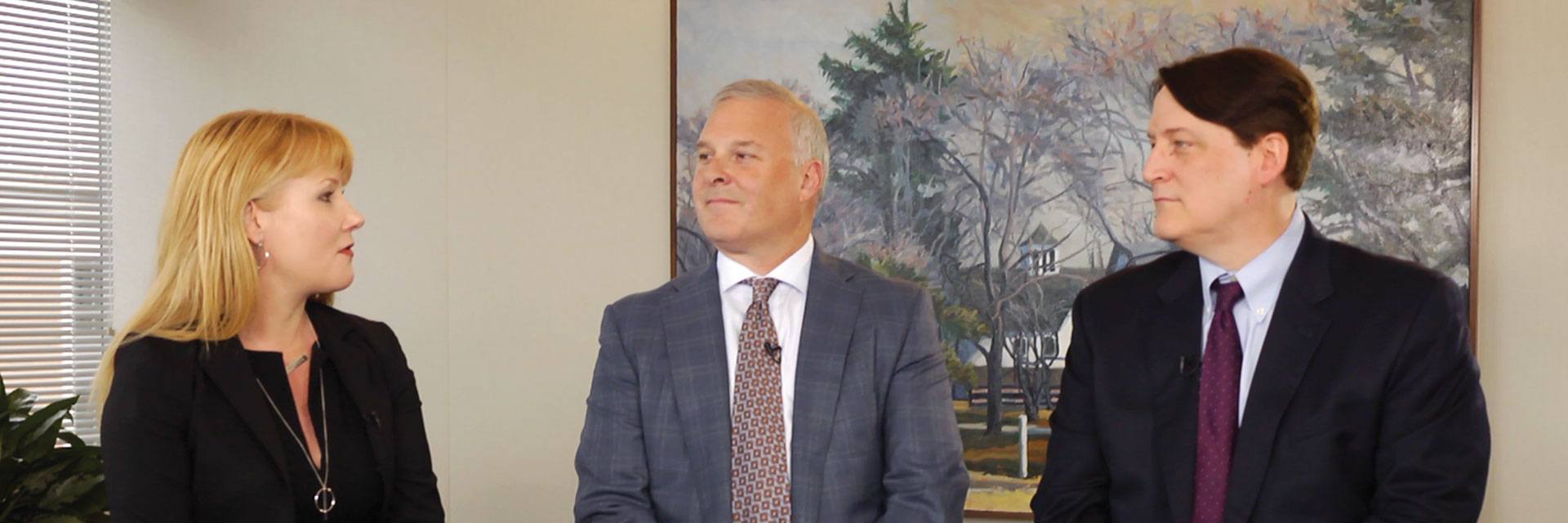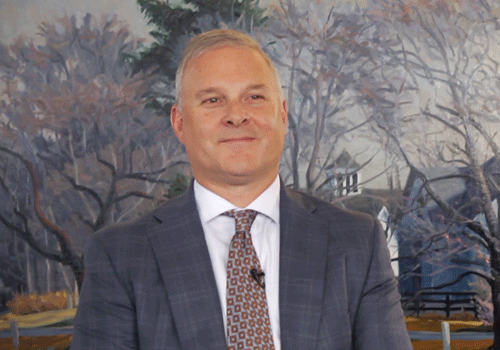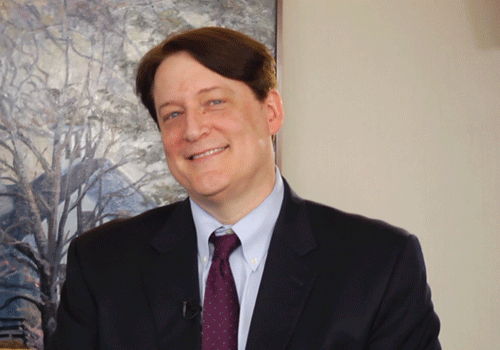
Collaboration is cited as one of the key challenges facing business today. That challenge can be exacerbated for lawyers, due to the very nature of what they do. While humans are inherently social animals, we are just as likely to compete with one another when resources are scarce and conditions are dynamic or uncertain. For some, that could characterise the modern law firm!
But increasingly, the importance of collaboration has been evident, both in academia and modern business practice. Facebook is a notable example, using a hierarchy-free orientation programme, frequent job rotations, and regular ‘hackathons’ to encourage cooperation among project groups.
Such an approach has similarities to that taken by intellectual property boutique, Finnegan. Headquartered in Washington DC, the firm approaches IP globally, with a further nine offices based across the US, Europe and Asia. But perhaps most striking is its approach to management, with fixed terms for management teams – as opposed to the near career-long tenures seen in many firms – in addition to a much flatter structure generally. Both are traits that Finnegan’s managing partner and chair suggest facilitate a more collaborative approach – a positive for both the firm and its clients.
Culture and Collaboration
Lawyers as business advisors
GC: The legal industry is potentially on the verge of some quite seismic disruptions and may look quite different in 10 to 15 years’ time. How much are such developments affecting your thinking in managing and plotting the strategic direction of Finnegan?
James Monroe (JM): I think one thing we might disagree with is the idea of seismic change. There is constant change. The legal industry is constantly changing, and how you deliver services to your clients changes as a result. The legal system itself isn’t changing.
What we do as intellectual property attorneys won’t be changing, but how we deliver those services and the tools that we use will. At the end of the day we provide counselling and strategic advice. We use certain tools currently, and there’s lots of discussion about how the development of AI and other similar technologies is going to modify a typical law firm. What this does mean is that you revise and revamp your internal operations to look at how you analyse and deliver that information. We are evolving what we do there, but those are operational efficiencies and don’t change the fundamentals of what we deliver to clients.
Mark Sweet (MS): I would add that while we use those tools, it’s still a thinking person’s game. These advances in technology provide us data and data points, which we react to, but we don’t believe those tools would replace what we do. What we bring is communication and collaboration with our clients, we understand what those needs are and the new tools that are out there don’t fill in those gaps.
JM: I don’t believe they will ever fill in those gaps, either. When you go back to when I first joined the profession, people were dictating documents to their secretaries, then they transitioned to typing for themselves, and now we have programmes that do these tasks for us. But at the end of the day, the attorney still has to analyse, review and convey the substance of those things to the client.
Mark Sweet
Managing partner
Finnegan
GC: Collaboration has been deemed one of the great challenges for business. As managing partner and chair, you have a very collaborative relationship, which is evident just in the short time we’ve spent together. How has that developed between you?
JM: The way it has developed is that it’s ingrained as part of our culture – our whole firm is built on collaboration. Many law firms are built on silos, due to being run through different departments. Our management structure is a team approach with a managing partner and a chair, which we refer to as transitional management. We have short terms in our management positions: our managing partner and chair are three-year terms each and our other senior management positions, whether it’s section leader, regional office managing partner or pro bono leader, are also short term. What that means is you get more people involved in management and leadership in a shorter period of time, which leads to more collaboration and team work.
A law firm of our size has a number of issues. Some of those are operational and the managing partner focuses more on those. Other issues are bigger picture: client development, preparing for changes in the legal system, addressing those more seismic changes we were discussing – all of these fall under the chair’s remit. But we both work on both sides, so it’s a really good opportunity for collaboration.
MS: We encourage lots of different people to get into leadership, too. We encourage all of the partners at the firm to get involved in management. It allows for historical ideas to be passed down, but it also encourages fresh ideas to invigorate the firm’s culture. It keeps us on our toes and prevents us from getting stale.
GC: Are there practical learnings you can share in regards to how you have developed a synergistic working relationship that could be applied by others?
JM: I think with having the finite terms for the managing partner and chair, it does keep us fresh compared to other law firms. It does also encourage a lot more people to be involved. We have people behind us in the firm who have a lot of positive ideas and active thoughts on how it should develop, and we welcome that.
MS: Our own collaboration came about naturally through working together in other management positions. As managing partner and chair, we have a formal meeting once a week. We welcome that chance to get together and talk about things, but the real key is that the communication is ongoing the whole time.
JM: The contrast I’d like to make is that we often hear, from law firms with longer management terms, that you need that for the historical knowledge. But we’ve overcome that with our succession planning. Those coming behind us are building up their leadership experience through managing practice groups, regional offices or as section heads, so it’s a building blocks, collaborative approach all the way through.
The people who are the future of the firm have a strong voice now and that overlaps into our associate advisory committee, which we both interact with. They also have short terms, so that different associates can also get involved in management. That sets the stage for when they become partner – the collaboration starts very early and continues as they move up the ladder.
James Monroe
Chair
Finnegan
GC: How have you developed your own close relationship, both in regards to your complementary practice specialisms of patent litigation and prosecution, and your management functions more widely at Finnegan?
JM: We’ve always had practice groups in the firm that focus on broad technology. But in recent years, we have also had business development initiatives that cut across practice specialisms, allowing people to reach out across different industries to both existing and new clients. This is showing the potential of working as a team to perform better on existing mandates, but also to develop new business. We really take every chance we can to allow people to develop their own path and who they want to work with, not dictating how we think they should work.
MS: What we’re practically doing as management is making sure communication lines are open, so two groups of our partners don’t accidentally go after the same business. We work closely with our marketing department. That’s an example of one of the tools we have ingrained in the firm, which tries to optimise collaboration. The old adage is ‘the sum is much greater than the parts’ and we truly believe that. Through the team approach, we do emphasise each other’s strengths, but also minimise our weaknesses.
JM: I think that’s key for our type of firm, too. We are a boutique specialty firm, but a very large one. As I like to say, we are the general practice firm of IP. It is of such a scope that it’s similar to any general practice concept – we can handle any technology, any industry, any application of IP.
Our experience is that although clients like working with individual attorneys, our ultimate success is because they are hiring the firm. They are hiring those teams we put together. Individual lawyers may have stronger relationships than others, but ultimately for our clients, they count on a team. We push that mantra all the way down and start creating that atmosphere with our associates from the very beginning.


